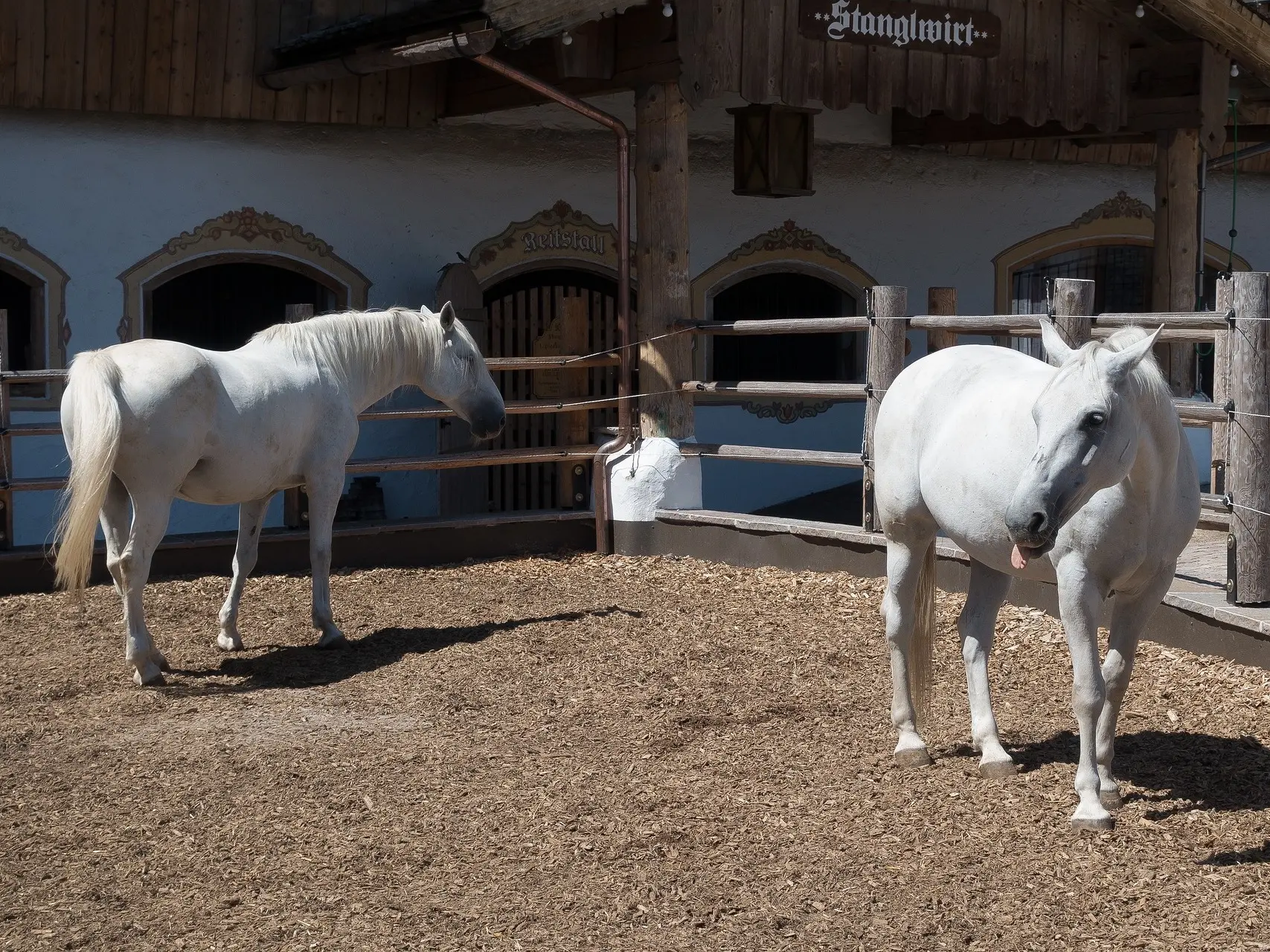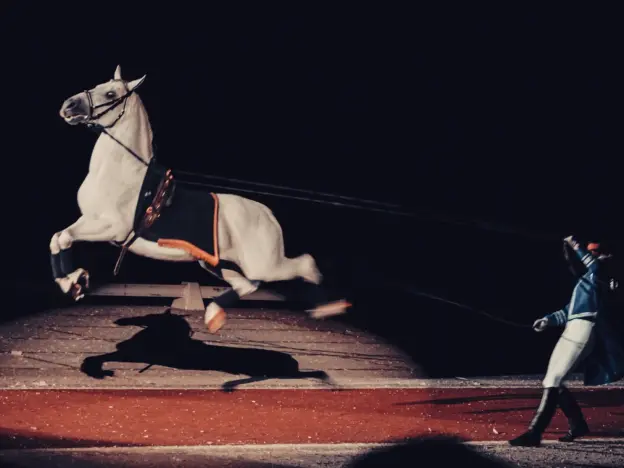Intro
The Lipizzan or Lipizzaner is perhaps most well known for their fine performing stallions from the Spanish Riding School in Vienna, which is the oldest riding academy in the world. The Lipizzan breed is named for the village of Lipizza near the northwest border of Italy (before the 2nd World War anyway). Austria is actually credited with the origins of the breed because Lipizza was theirs during the breed’s development.
Origins
This breed comes from the ancient Iberian horse, famous in the glory days of the Romans who sought after the snow white steeds. Some areas introduced animals of Asian descent but after the Moors were driven out of Spain, various breeding programs were established. Countries throughout Europe made attempts to preserve their own Iberian strains and the bloodlines proved successful in most circumstances.
The Spanish animals were introduced to Austria in 1562 when a court stud was founded at Kladruber and another was established in Lipizza in 1580. Bloodlines were shared, however the Kladruber animals were bred more as carriage animals and the Lipizzana held purer Iberian blood. Stud book records date back to 1701, but they are incomplete at best. So a breed type is hard to decipher. However the original animal was very Spanish in character.
During WWII the breed along with the riding school) faced peril and were granted protection by the US army. Not only was the riding school returned to new Austria, but the stud farm was also returned from Czechoslovakia (now Czech Republic).
The riding school still stands in Vienna where it has for well over 2 centuries and only stallions of the Lipizzan breed are trained there. The animals are trained to do difficult maneuvers with patience and respect. It is even said that the older stallions instruct the newer trainers.
Today the Austrian state owns a monopoly on breeding of the Lipizzan horse and the only stud farm is in Styria. Lucky for us, Lipizzan animals can be bred outside of Austria and they have enthusiasts worldwide – although they are still a rare breed.
As of 2023 the DAD-IS shows their numbers between 112-1180, they are an at risk breed. Luckily their numbers appear to be on the rise, the Equus Survival Trust lists them as recovering and estimates their global population to be over 12,000.
Features
Average height 15 – 16.1 hands
Late to mature
Physique
Head is long with a slightly convex profile
Eyes are large & expressive
Neck is muscular & arched
Back is long and can be hollow
Chest is deep & wide
Shoulder sloping & powerful
Legs are strong & muscular with broad, clean joints
Traditional Colors
Predominately grey
Temperament
Lively character
Docile & kind
Use
Riding horse
Show horse
Helpful Links
* all links open in a new window
Piber Federal Stud
Lipizzaner National Studbook Association of Great Britain
United States Lipizzan Registry
Lipizzaner Association of Australia
Australian Lipizzaner Registry
Where to Buy
Lipizzan Studs
More Images






